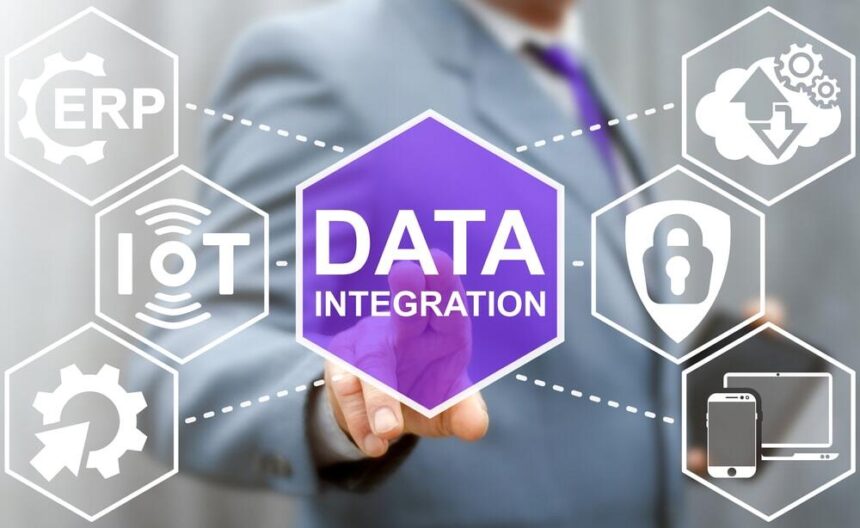There is a paradigm shift in the work force over the past couple of decades. Here are some interesting statistics: the American telephone industry lost more than 110,000 workers between 2000 and 2010 because of new technology. 7.6 million middle-level workers have lost or changed their jobs between 2008 and 2012 in Europe due to the introduction of new technology. As more and more jobs get automated, there is an increase in the amount of data being collected on the enterprise servers. This deluge in the number of data points to process and interpret has mandated the need to build more sophisticated technology systems.
Corning Data mentions that the need to build systems to handle big data has never been higher. The electricity supply companies that have today replaced analog meters with digital alternatives have millions of data pouring into their servers every month. These businesses now require systems that can use this data to comprehensively analyze the usage patterns, demand peaks and consumption fluctuations and arrive at smart decisions. All of this mandate the need for a system that handles big data effectively.
While big data analytics is a solution that these businesses seek, what is required is something more comprehensive – a way to integrate this analytics solution to the ERP systems that such businesses own. According to ERPGuru, a company that partners with NetSuite in Canada and offers a real-time business monitoring suite for its clients, such a service helps businesses get an edge over competition by benchmarking their performance against theirs.
Consider a retail company like Wal-Mart. The ERP system of such a business holds real-time data of the supplies and inventory which is then used to predict demand and ensure that the supply logistics are in place. However, such ERP systems do not have the intelligence to predict demand for new products or SKUs that do not have a history. For example, take the example of an iPhone. Wal-Mart’s supply chain team today analyses the sales pattern of the older variants of the iPhone to predict the demand for a new iPhone when it launches. The data available through the ERP system helps this team predict the demand across the various Wal-Mart outlets across the country.
However, what’s missing here is a correlation between the iPhone and an associated product like a phone case. It is quite trivial to infer that an increase in the sale of iPhones will help in a commensurate increase in sale of iPhone cases. But this inference is not possible today using ERP systems alone since the iPhone and the iPhone case are two independent products and it requires a human to make the connection between the two.
One of the most popular stories ascribing big data analytics to retail intelligence is of Target using a customer’s purchasing pattern to learn she is pregnant; even before her father did. However, this is a story that is testament to the data-mining and analytics intelligence at Target. What will help millions of small businesses achieve the same level of intelligence that Target has is the integration of their ERP systems with big data analytics.
So how can such an integrated intelligence system be achieved? With modern enterprises relying on cloud based ERP systems to handle their business data, the integration can be easily achieved through an API integration of sorts with services like Qubole that offer big data as as service. The ideal future for such a system is where real time sales data of one product can be used to predict future demand for another seemingly unconnected product.
Do you think an integration of ERP with big data analytics will be the future of retail? Please provide your comments below.

